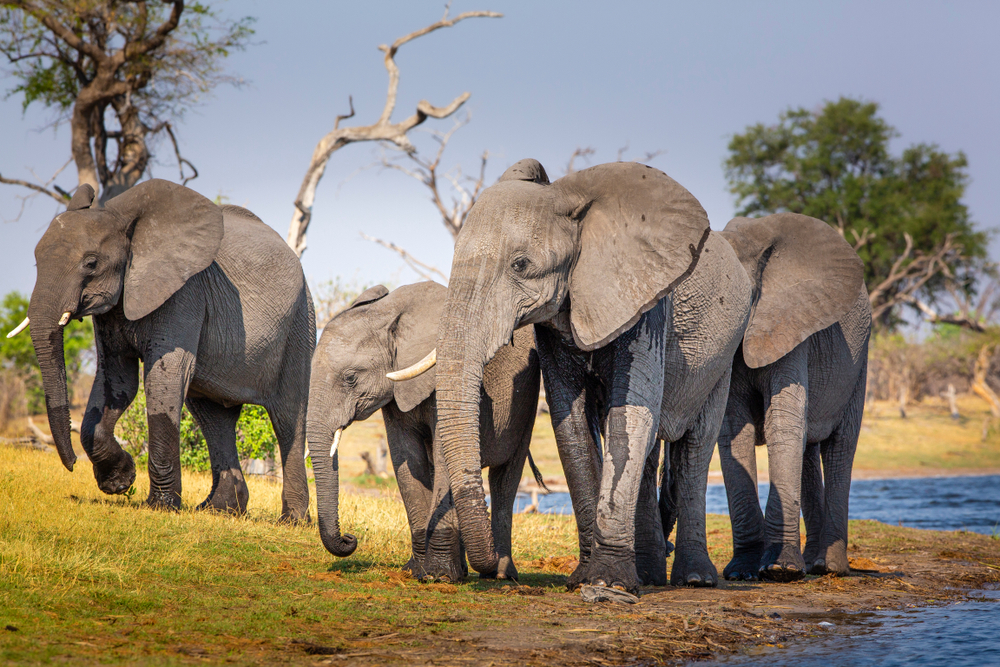Nkasa Rupara Overview
Nkasa Rupara National Park, also known as “Nkasa Lupala National Park” or “Linyanti Swamp”, is located in the Zambezi Region (formerly Caprivi Strip) of Namibia. Spanning over 320 square kilometers (123 square miles), the park is named after the Nkasa and Rupara islands and is a vital component of Namibia’s protected area network. As the largest wetland area in the country, the park is characterized by its dynamic ecosystems, shaped by the seasonal flooding of the Kwando-Linyanti River system. It plays a crucial role in preserving Namibia’s biodiversity and is a haven for wildlife and bird species.
The terrain of Nkasa Rupara National Park is a mosaic of floodplains, swamps, reed beds, woodlands, and islands. During the rainy season, much of the park is inundated with water, creating a lush wetland teeming with life. As the water recedes in the dry season, expansive grasslands emerge, providing grazing grounds for herbivores. The park’s unique landscape and seasonal changes make it one of Namibia’s most ecologically diverse areas.
Nkasa Rupara is renowned for its abundant wildlife. The park is home to large herds of elephants and buffalo, which migrate between Namibia and Botswana through this vital corridor. Other notable species include hippos, crocodiles, giraffes, and antelope such as red lechwe and sitatunga. Predators like lions, leopards, and spotted hyenas also roam the area. For bird enthusiasts, the park is a paradise with over 430 species recorded, including African fish eagles, wattled cranes, and Pel’s fishing owls. The wetland environment attracts both resident and migratory birds, making it a key birdwatching destination.
Visitors can explore Nkasa Rupara National Park through guided game drives and boat safaris, offering opportunities to observe wildlife up close in their natural habitats. The park’s remote and pristine setting makes it ideal for those seeking an off-the-beaten-path experience. Camping facilities and lodges near the park provide a comfortable base for exploring its unique landscapes. For a more immersive experience, visitors can engage with local communities, learning about their cultural traditions and how they coexist with wildlife.
Despite its ecological importance, Nkasa Rupara faces challenges such as human-wildlife conflict, poaching, and the impacts of climate change, which affect the flooding cycles critical to the park’s ecosystems. Conservation efforts, led by Namibia’s Ministry of Environment, Forestry and Tourism in collaboration with non-governmental organizations, focus on anti-poaching measures, habitat restoration, and community engagement. Cross-border initiatives as part of the Kavango-Zambezi Transfrontier Conservation Area (KAZA TFCA) further strengthen efforts to protect this region’s wildlife corridors and habitats.
Nkasa Rupara National Park is a hidden gem of Namibia’s natural heritage. Its unique wetlands, abundant wildlife, and cultural significance make it a must-visit destination for eco-tourists and nature enthusiasts. By safeguarding this extraordinary park, Namibia contributes to the preservation of vital ecosystems and promotes sustainable tourism that benefits both wildlife and local communities.
















































































